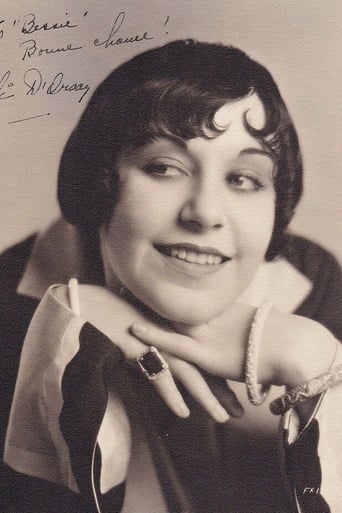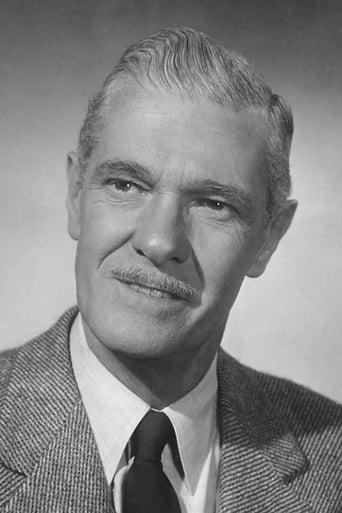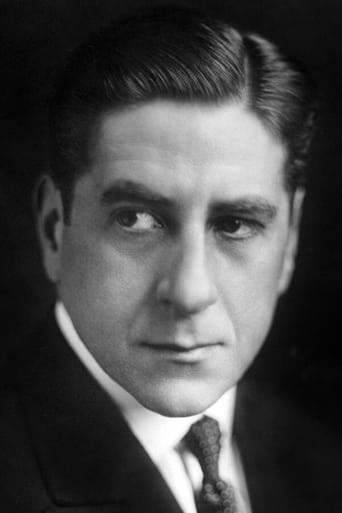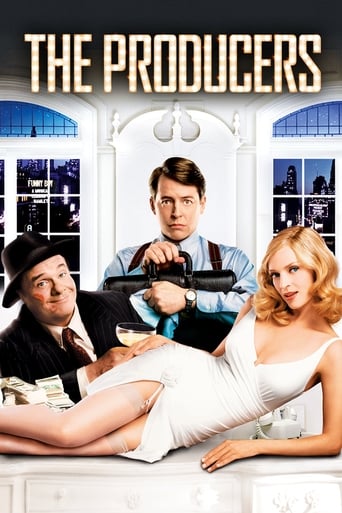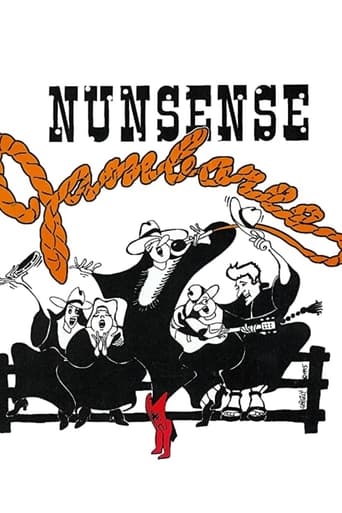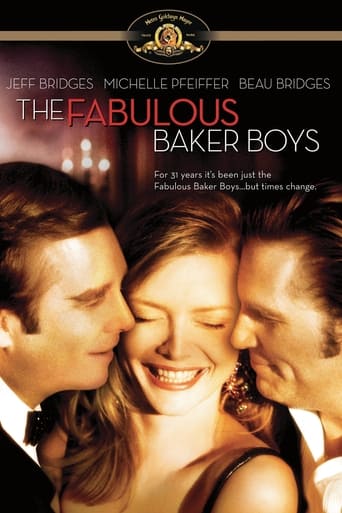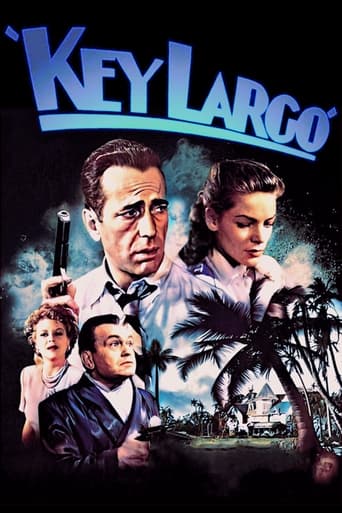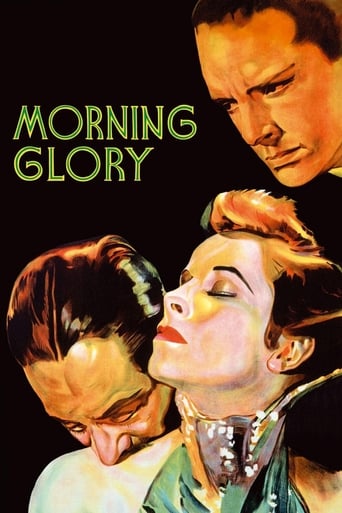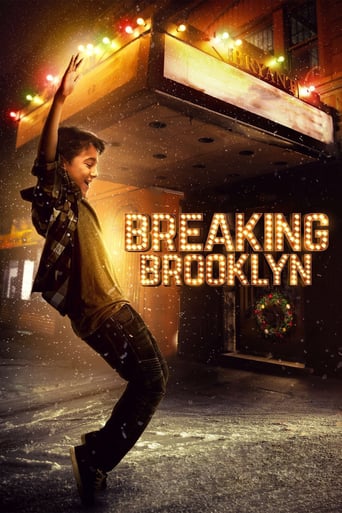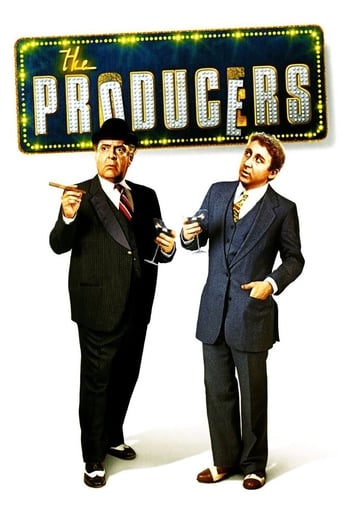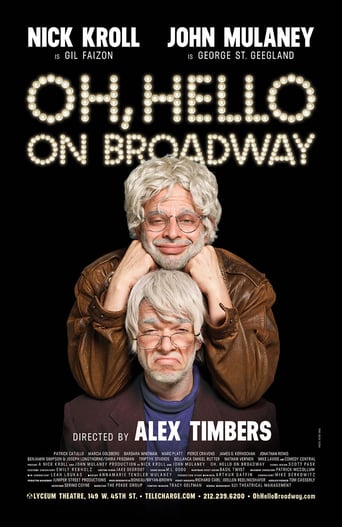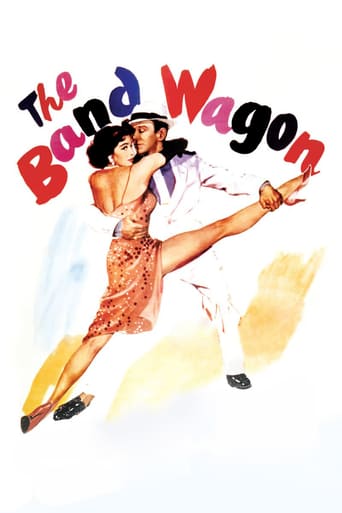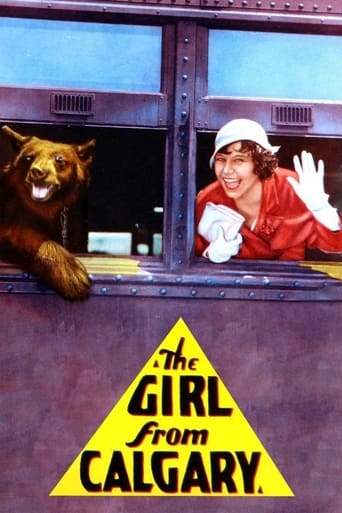
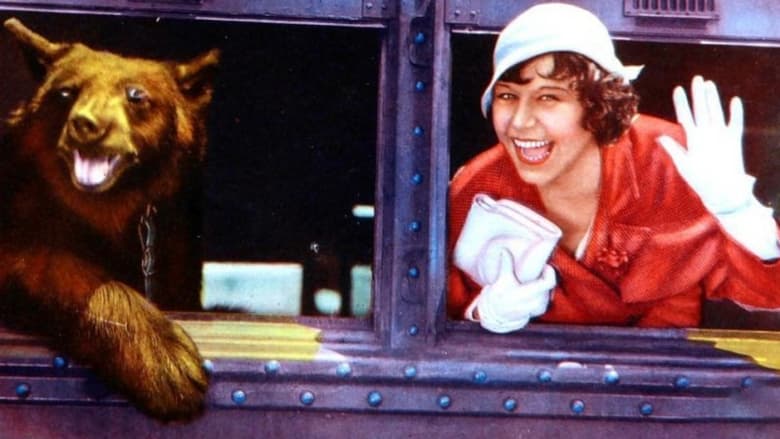
The Girl from Calgary (1932)
A French-Canadian girl is a champion bronc rider and is also a nightclub singer. An ambitious young man sees her act one night and is struck by her talent, realizing that she is good enough to become a Broadway star. He convinces her to accompany him to New York, where she indeed does become a Broadway star. However, the young man finds himself being squeezed out by greedy Broadway producers who see the talented young girl as their own personal gold mine.
Watch Trailer
Cast
Similar titles

Reviews
Powerful
A waste of 90 minutes of my life
The film creates a perfect balance between action and depth of basic needs, in the midst of an infertile atmosphere.
The first must-see film of the year.
One critic referred to her as that for the 1971 Stephen Sondheim musical "Follies" where she introduced the pastiche "Folies Bergere" number, "Ah, Paree!". Throughout her career, Fifi was never without feathers or wacky costumes, whether as the temperamental movie star in "Going Hollywood", the obvious prostitute in "Wonder Bar", or the aging art patron in "What a Way to Go!". In one of her few leading parts, Fifi plays a role similar to Ruby Keeler's in "42nd Street", except that she goes from the nightclub, cabaret and occasional rodeo to becoming a huge Broadway star. Ironically, in "Going Hollywood", she played the equivalent of the Dorothy Brock "42nd Street" role, screaming at everybody and everything around her until they pretty much just had enough.For her to be the leading lady in this unbelievable Cinderella story is not enough to carry my interest for even just over an hour. She might be fine as the leading lady in a short, but for a feature is too difficult to tolerate. Lupe Velez could pull it off, because she knew when to tone it down, but after a while, D'Orsday just starts to grate on the nerves. Along with jealous roommate pal Astrid Allwyn, they make the move from Calgary to Pittsburgh to Manhattan, with beaus Paul Kelly and Robert Warwick at their sides. A few musical interludes are thrown in (mostly outtakes of the campy "The Great Gabbo") and D'Orsday does sing in a few of them. But with a heroine you really just don't care too much about, the result is flaccid indeed.One funny sequence has Kelly and Warwick escorting the ladies home in a cab and being forced to sleep in a barn where they share bedding with a huge pig and a goat who makes a breakfast out of Warwick's necktie. D'Orsday is fine for supporting parts and in small doses, and even with "Follies", she is barely remembered other than looking like something out of the beast's home in "Beauty and the Beast". For the most part, however, this isn't even mildly amusing or remotely something you'll remember much about the next day.
This film is a short trifle, running barely one hour. Fifi D'Orsay was primarily a supporting player, but here she is given the star treatment by poverty-row studio Monogram. She is cute and sings well. Her acting is okay, too. The opening of the film is from a Calgary rodeo from the early thirties. This was originally shown in Magnacolor but existing prints are black-and-white. The chorus numbers are lifted from 1929's The Great Gabbo, re-scored with different music. The story starts out as a comedy, but the second half becomes more of a melodramatic story of the machinations of show-biz types. The final result is a watchable programmer that will pass the short running time pleasantly enough.
Make sure you also read the other comments for this fascinating early talkie from Monogram Pictures... they each add excellent insight to the creation of this mosaic production. The DVD I have is from Alpha in the US and their output contains inconsistent standards, whilst the titles are often 'must see'. As a 1932 Monogram Production in some form of magnacolor (I can only guess which bits as this now is all just black and white) THE GIRL FROM CALGARY is essential viewing for fans of this company or this era. Fifi D'Orsay and Astrid Allwyn are both certainly gorgeous women, and tough guy Paul Kelly is a great leading actor, all three add a lot to what is clearly a film made of many unrelated bits. Fifi is a lot like Betty Boop, and Astrid is a sublime blonde, in the same style of Monogram star Belita who made SUSPENSE in 1944. The footage of the long long parade in reel one and later, the huge musical filmed from a major theater and show of the period add disjointed but workable storyline settings. It is because both are real with this movie filmed around them and shunted in through editing. It is as if the Monogram production office got the footage and then fashioned a story line to use them. Monogram repeated this very successfully using Navy props and footage in their 1952 drama FLAT TOP. This makes for enjoyable if peculiar presentation... but it does give great insight into low budget film making aspiring to be bigger entertainment, Sooo Monogram.
"The Girl from Calgary" is a strange movie but a valuable historical document. It shows how at least one early filmmaker handled the challenge of producing a film in a short period of time with few resources and very little money. Its faults and strengths tell us more about the early sound era than they do about any girl supposedly from Calgary.One striking feature of the movie is that it appears to be a montage cobbled together from various film sources. The first part of the film is silent newsreel footage of an early Calgary Stampede parade, possibly from the 1930 Stampede. (Local viewers with a historical bent may enjoy the view of 7th Avenue S.W. in the early Depression era.) The movie then suddenly segues into a drama between various characters, one of whom is a French-Canadian stage actress, and then portrays a play in which the actress stars. The end appears to be a travelogue of an area which looks more like the mountains of central California than the plains of southern Alberta.The splices between the various sections are abrupt and unexpected, which makes one wonder if the producers assumed that audiences would be more interested in the novelty of sound and the supposed exoticness of the locale than in the plot itself. Differences in sound quality in the dramatic parts and in the stage play itself provide clues as to how these sections were shot and miked.One interesting piece of trivia about this film is that it contains one of the longest and best newsreel shots of Indians in an early Stampede parade. The original newsreel from which the shots were taken has disappeared, and many of the remaining newsreel shots from before the sound era are only seconds long or feature only cowboys and local officials. It's perhaps strange that a Hollywood movie would be such an important source for First Nations historians searching for information about the persons who participated in early parades.As for a French-Canadian (with a Parisian accent!) living in Calgary in 1932...well, there might have been one. It would have made much more sense to make her Scots, English, or Hong Kong Chinese though!
